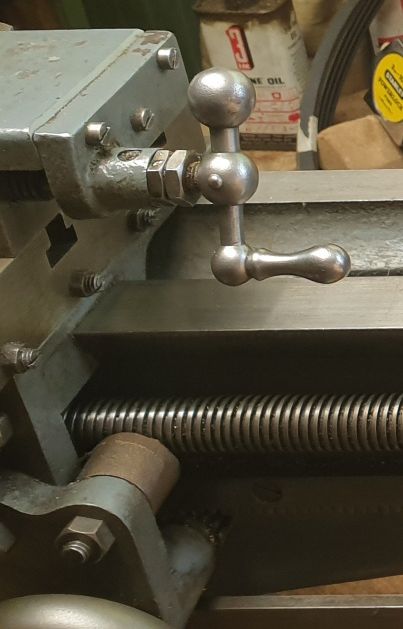Not an expert, by any means but I recently turned a pin to match the unknown tapered reamer I happen to have.
I drilled a hole to just less than what I thought would be OK for the finished article (considering the diametr of the inner shaft), inserted the reamer to ‘touch-off’ then measured it roughly there, and my pin length along the reamer, to guestimate the finished diameter. Nothing particularly accurate in absolute terms.
From that I just picked out some drills and drilled three-quarters, half and a quarter deep with drills that were nearly to the calculated size at those points (or nearly to 3/4, 1/2 and 1/4 depth – can’t remember which). I carefully finished off with the reamer. Not a particularly time-efficient way, but I was chuffed when the job was done and the pin fitted as perfectly as I could expect, and the hole through the inner shaft was adequate without being excessive.
Repeating the job, with known components, would have been easier/simpler but as a first attempt, from scratch, I was pleased with the result – job done and reamer still in perfect working order 🙂 . My tapered pin will never come out, so it got loctited as well as thumping tight.
I could simply have drilled a couple of blind holes and hammered in some suitable dowel pins, but the tapered reamer was just sitting on the bench at the time so I thought I would give a new method a go. The overall job was a shrink fitted shaft in a commercial morse taper blank. The pinning was just belt and braces as I don’t want it to come apart ever.
I’ll await to see if the regulars just do it as you suggested.🙂
not done it yet.






